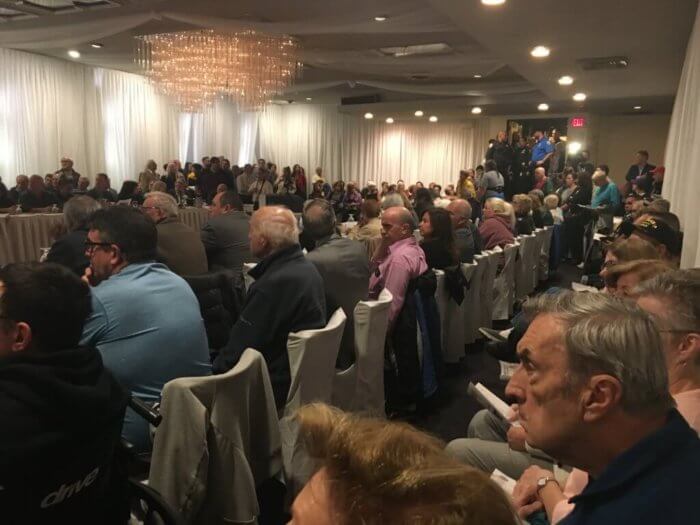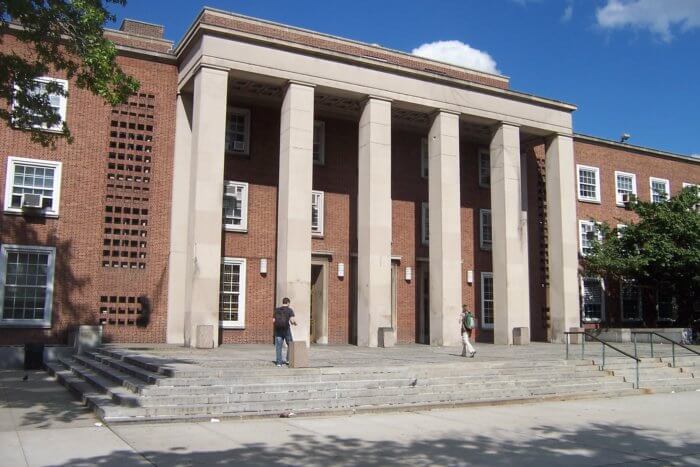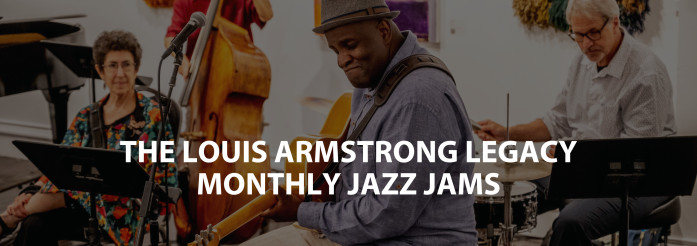Soon after he was sworn into his first full term in November 2020, Queens Borough President Donovan Richards implemented his “common-sense” reforms for the 14 community boards to make them more representative of the neighborhoods they serve.
On Friday, July 22, his office released its latest demographic progress report, which is required by the New York City Charter and provides a detailed and multilayered breakdown of this year’s historically diverse class of community board appointees.
The 2022 Queens Community Board Demographic Report shows more strides have been taken toward rectifying long-standing demographic inequities in community board membership by “doubling down of effective reforms and prioritizing appointees from underrepresented constituencies,” the report says.

“Borough President Richards’ initiative to digitize the community board application, launched in 2021, continues to be a major success in generating a deeper and more diverse pool of candidates for appointment to Queens’ 14 community boards,” the report states. “Since 2021, over 1,800 people have applied to serve on their local community board, the majority of whom never served before.”
As detailed in the report, Borough Hall received 884 applications, the second-most received in the office’s history. Of this year’s 345 appointees, 94 are first-time members who were not previously serving on a board. Nearly 48% of the new appointees are under 40, including three who are still in their teens. Prior to Richards’ taking office, less than 12% of sitting community board members were under the age of 35, while nearly three-quarters of all members were over the age of 65.
Of the 94 first-time members, 19.2% are immigrants — up from 17.4% of the 2021 class of first-time appointees. Compared to community board members prior to Richards taking office, this year’s group of first-timers also includes a greater percentage of those who identify as African American (22.3% to 18.5%); Hispanic/Latinx (17% to 8.6%); East Asian/Pacific Islander and South Asian (22.3% to 16%); and LGBTQIA+ (6.4% to 3.4%).

“I’m proud of the new class of community board members and the strides we’ve made toward creating diverse boards that truly reflect the neighborhoods they serve in the ‘World’s Borough,’” Richards said. “The historic diversity of this year and last year’s classes of community board appointees demonstrates our ongoing commitment to rectify long-standing demographic inequities within our birds and make them more welcoming. I look forward to building on that work in the years to come.”
He explained that modernization of the application process and aggressive outreach to potential applicants, particularly those from underrepresented constituencies, was a driving force behind the increased diversity. Efforts to simplify the process included digitizing the application into an easily fillable online form that no longer requires notarization.
A series of good-government reforms aimed at establishing a centralized code of conduct for all 14 community boards, as well as a call for a holistic review of each board’s bylaws, making boards more welcoming places for new members, according to the BP’s office.

































